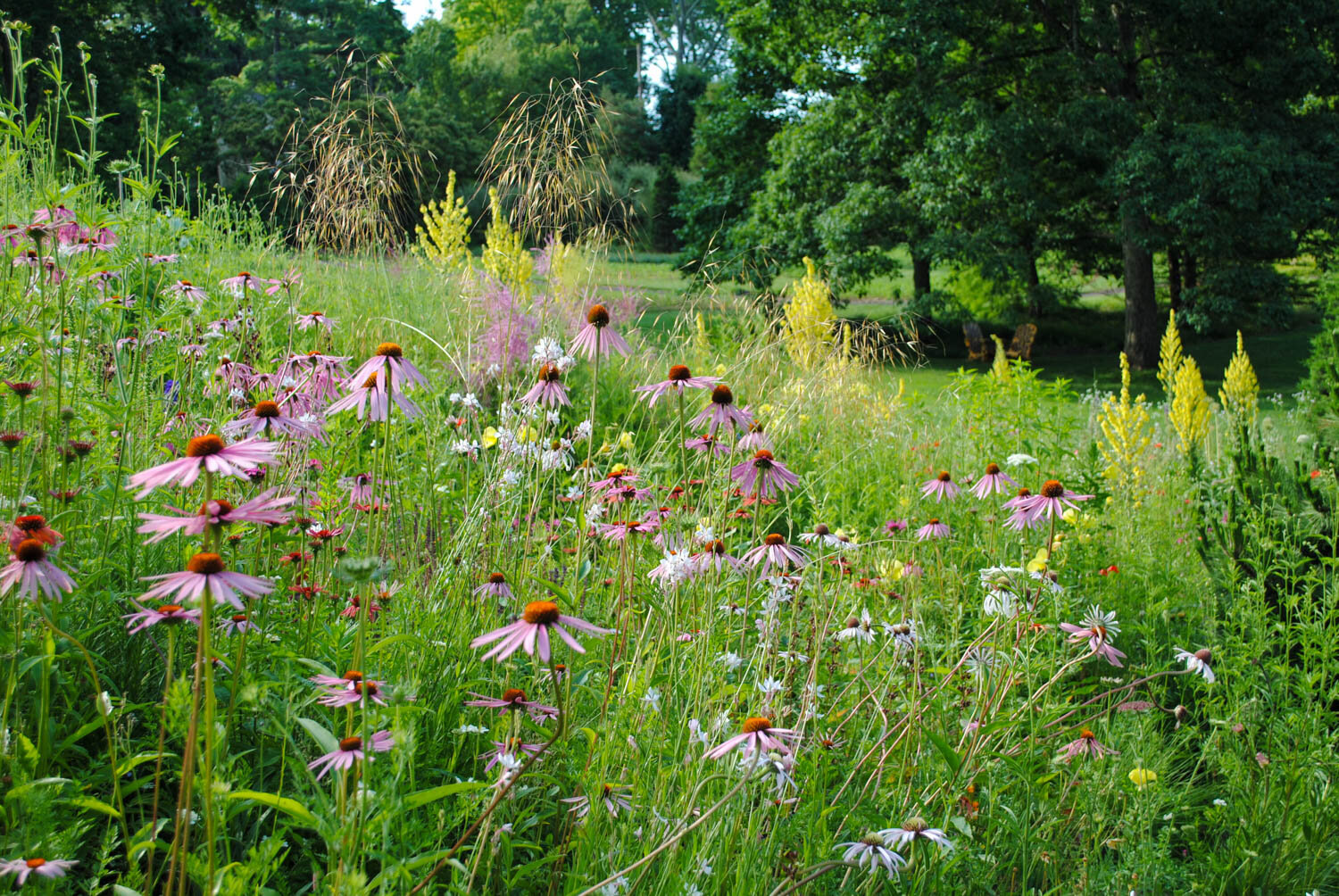I love asters. Their flowers beckon fall and provide a breath of fresh air after the sun has baked the garden for much of summer. I hope one day to have a decent collection of them here in east Texas. I’ve already realized that some gaudy selections don’t fare too well for us, and I’ve begun turning to lesser known types for my garden.
One is Symphyotrichum lateriflorum ‘White Lovely’. This calico aster has been blooming in the garden since mid-August and is one of my first asters to bloom. I bought it when we first moved to the house three years ago from Digging Dog Nursery in an effort to start evaluating new-to-me perennials.
Other plants in my trial bed are showing wear and tear from the summer, but ‘White Lovely’ Symphyotrichum lateriflorum erupts with gossamer blooms.
Throughout the growing season it is barely noticed with its green shroud of clean, thin foliage. But, when it blooms it imbues the essence of flowering froth as thousands of dainty white flowers cover the plant for several weeks. I can quickly see how massing these would create a haze surrounding taller perennials. It is short, perhaps topping out under three feet.
Symphyotrichum lateriflorum ‘White Lovely’ highlighted with the morning dew and the first rays of sunrise. Here you can see how the plant blooms laterally or one one side, hence the lateriflorum epithet.
Allan Armitage stated in both his treatise Herbaceous Perennial Plants and Armitage's Native Plants for North American Gardens that this species doesn’t typically perform well south of Zone 6 or 7, which is odd because it is native from Canada to the gulf. But, my experience says otherwise. Some blasted rodent decided to enjoy the root system as a snack last spring. I divided it into three plants, and they were set back into good contact with soil. If it can survive that and still look good after our summers, it is a winner in my book.
Right now, they are planted next to Pycnanthemum tenuifolium in a bed that started as a holding ground for plants in containers and trial material. I quite like the pairing. There is a silvery-white color echo, and the airiness of the aster flowers and the remaining circular seed heads of the mountain mint go well together.
One final note. The story of ‘White Lovely’ is a bit of an enigma to me. How could such a great plant not have more information available about it? I searched to learn about its origin and only learned that it is likely a sport from ‘Lovely’, a more purple form of the species. But, I can’t even find much on ‘Lovely’. So, if you know more, drop me a line. This great aster deserves to be known and grown.
I particularly like this happenstance pairing of Symphyotrichum lateriflorum ‘White Lovely’ with the fading Pycnanthemum tenuifolium.












































































































































